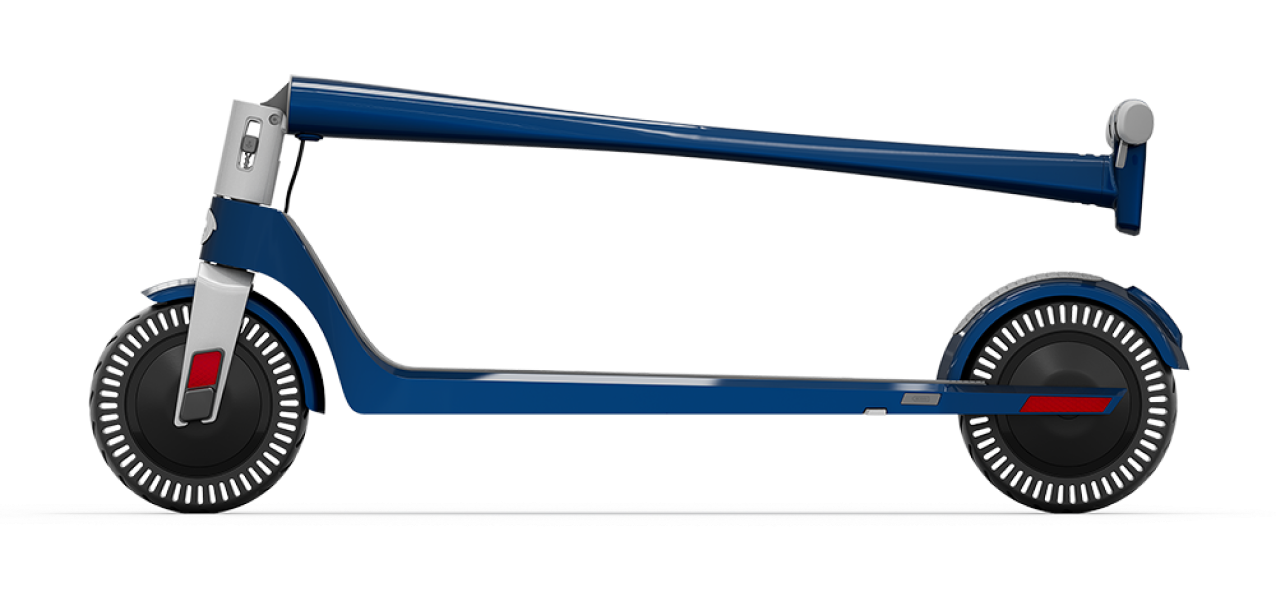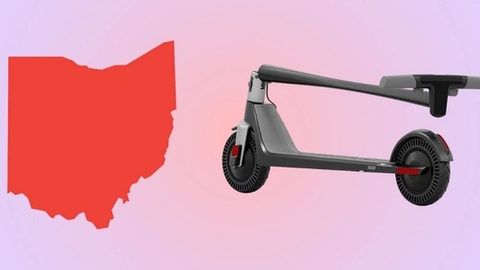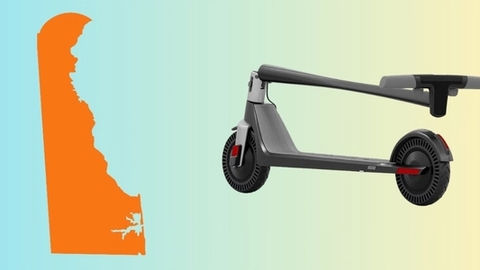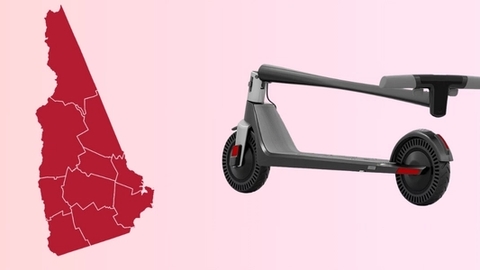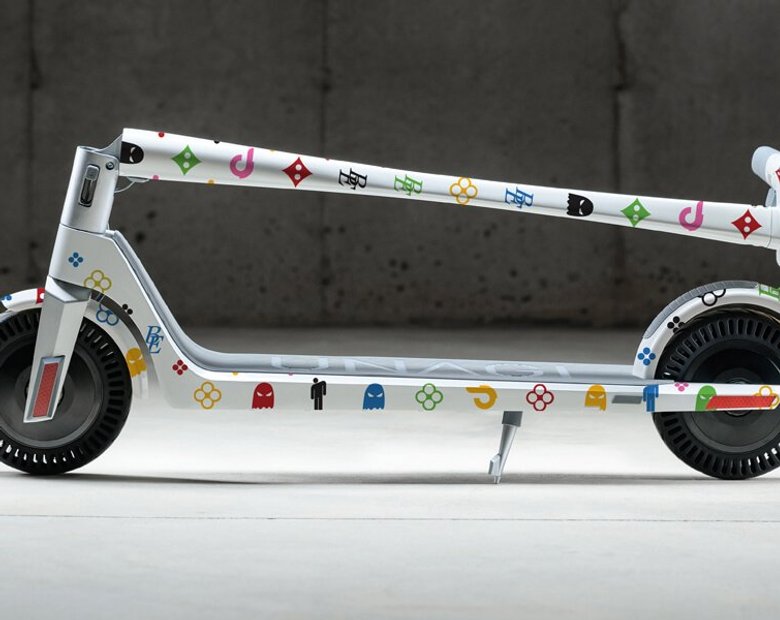Micromobility is here to stay, and it’s changing how we experience urban life for the better. With Unagi’s membership program, you can enjoy all the benefits of a top-tier electric scooter without the sky-high price of ownership or the inconvenience of ride-sharing.
Scooters didn't just start as an alternative ride for popping tricks in the skatepark, in fact, they've been around for a really long time. These days it's quite common for people to own all manner of electric scooters and even electric mopeds, but who invented the scooter?
Most people will associate push scooters with kids' toys, especially those retro-looking ones, but electric scooters are gaining traction. The rise in electric scooters is phenomenal over the past decade, which is particularly obvious if you live in a city like Los Angeles or Amsterdam.
We thought it would be interesting to look back and see who first invented them, and how they evolved from the first heavy wooden contraptions to the near-silent and lightweight electrified transportation that we see today.
Where did the motorized scooter come from?

If you go back fifteen or so years, electric scooters, rideshares, and e-bikes weren't even terms in our vocabulary. They may seem like a totally new invention, but it’s shortsighted to think that scooters and micro-mobility options in general only appeared lately on the scene to clutter up city streets and crumple into a pile of broken rentals.
The first instances of scooter production were not motorized scooters at all, but the wooden varieties used mostly by children to get around their neighborhoods, well over a hundred years ago.

The wooden kick scooter
The invention of the wooden kick scooter came sometime towards the end of the 19th century, at a similar time to when motorized scooters were invented. The first scooter designs came with skate wheels and frames carved out of wood, nailed together at the base with handlebars that slotted into the upright bar.
The design was relatively crude but the scooter promised to provide its rider with a very effective form of personal transportation and meant that people could make or even buy scooters for a cheap price. These designs were so easy to make that many children built them out of recycled wood leftover from production in the factories. This made them eco-friendly before the term was even used!
Why scooters became so popular
There was a small surge in popularity between 1915 and 1922 for both kick scooters and electric scooters, as they served to revolutionize short trips. This wasn't exclusively for scooters though, as manual and motorized bikes also started to rise in popularity too.
These forms of transport meant that any manner of trip could be sped up by up to five or six times, regardless of what sector or industry you work in or where you had to go. There are photographs from this period of doctors, students, grocers, chemists, repairmen, messengers, and people from just about any other job riding scooters.
Back in those days, people with their own scooters saved themselves time and energy on getting around, which is the same as today. These days electric scooter riders also have the added benefits of saving money and being more eco-friendly than other modes of transportation, especially cars.
To really understand the history of the scooter, we need to take a look at the first motorized scooter to grace the streets of America, which came in the form of the world-renowned Autoped, and gave rise to what would later be known as the first scooter boom.
The invention of the Autoped
Electric-powered bikes have been around for at least as long as the car, with the first patent for one being filed in the state of Ohio as early as 1895 by inventor Ogden Bolten Jr.
Twenty years later in 1915, a New-York company called Autoped launched the first commercial product that somewhat resembles the electric kick scooters of today. It was called the Autoped and was originally invented by Arthur Hugo Cecil Gibson.

This was probably the first motorized scooter and it actually ran on gas so was more of a motor scooter than an electric scooter, but it looked similar.
Ironically, the Autoped was a form of personal transportation partly popularized by New York Traffic police, and with a large engine mounted on the frame could reach speeds of 25mph. However, one of the main marketing posters depicted the Autoped Girl, with the slogan "Something new in transportation" on a banner across the bottom.

Whether it was the marketing campaign or the actual promise of the product, it garnered wide popularity and spread across the Western World, eventually being produced in Germany.
There's even a black and white picture of Lady Florence Norman, one of the Suffragettes, riding her Autoped to work in London in 1916. Changing the world on a world-changing form of transportation, you can't get more progressive than that.

Features of the Autoped
The gas-powered, two-wheeled, folding scooter marketed itself as the “motor vehicle of the millions,” getting 125 miles to the gallon and “a price so low that almost everybody can afford one.” That wasn’t exactly true, but they were definitely cheaper than four-wheeled motor vehicles, and a hundred dollars went quite a lot farther in the 1910s and 20s than it does today.
The Autoped was well designed for the time though, with 10-inch tires and an air-cooled, 4-stroke, 155cc engine on its front wheel and could reportedly reach speeds of up to 35mph.
The rider pushed the steering mechanism forward to engage the clutch and apply force to a handlebar lever to control speed. To stop the scooter, the rider would pull back on the steering column, which would activate the Autoped’s brake. Not the safest method of braking by today's standards, but certainly an effective one.
One of the features that really set the Autoped apart though was that it was a foldable scooter. The Autoped’s steering rod was collapsible to make it more convenient for storing in tight spaces, and with the rise in smaller houses to accommodate the industrial revolution, this was a popular design feature.
The original model weighed in at over 100 pounds, however, so unlike the Unagi Model One, it was hardly portable, just as it was not particularly affordable. But like the electric scooter has done today, it surpassed initial expectations, and it ended up appealing to a diverse range of users.
Even though it was quite expensive, meaning that it wasn't easily accessible for everyone, it was a very popular choice of transport for work vehicles. In New York alone, the Autoped was ridden by delivery men, postal workers, and New York City traffic cops, which is quite a hard picture to imagine in today's age. The Autoped also arrived at a time of significant political reform and increasing mobility, literally and figuratively, for women.

Why the Autoped became so popular
The vehicle became a symbol of women’s empowerment during the Progressive era, allowing people to get around without the need for a driver or more importantly, a car. British humor magazine Puck ran an advertisement with a lady speeding along on an Autoped. “Look out for the Autoped girl,” it read.
The famous Suffragette Florence Priscilla was famously photographed on her Autoped, and she wasn't the only one. The scooter’s feminist image persisted even as it evolved for specialized use at military bases, airports, and Hollywood studio lots, and other manufacturers were desperate to follow the Autoped’s lead.

The development of electric scooters
Pretty soon after the first motor scooters started hitting the streets, copycats and variants started popping up all over North America and Europe. The great depression slowed innovation in the US, but other companies started engineering them in Europe, particularly Germany and the UK.
One of the first popular alternatives came in the form of ABC Motorcycles' Skootamota, created in Britain. Whilst it had a lower top speed of 15mph, it boasted a seat, which paved the way for modern motor scooters of today like the iconic Vespa scooters we see all over the place. This made it the most popular scooter in production following the end of World War I.
Other notable varieties were the Gloster Aircraft Company's Reynolds Runabout, which launched in 1919, and was hastily followed by their Unibus model in 1920, which they promoted in posters and on the radio as the "two-wheeled car".
A lot of these models from the early days of scooter production were somewhat unstable, uncomfortable, and could be difficult to handle too. The twenty years or so between World War I and World War II saw many new features and refinements introduced to scooters.
These included gears and suspension for riding performance, lights and better braking systems for handling, and even enclosed body and leg shields, which haven't continued in popularity today.
Moving onto the electric scooter
One of the most famous pictures of the early electric scooters was of famous female pilot, Amelia Earhart, who had several photos taken of her with her Autoped in the 1930s, including a photograph taken in 1935 with her student June Travis. The photograph was captured the day she received her first flying lesson.

Improvements in production, quality of materials, and engineering knowledge combined to create faster, lighter, and more efficient scooters in all manner of varieties. E-scooters only really came into the limelight in the last decade or two as electric motor technology improved and the need for eco-friendly travel solutions became more pressing to the commuter.

image credit: Micro Mobility Systems
Wim Outboter's Kickboard
In 1990, one of the most important developments in the non-motorized kick-scooter field came in the form of the Kickboard. Swiss engineer Wim Ouboter invented a lightweight, portable model of the scooter in 1990, legend has it to cover the last mile between his home and the local bratwurst shop in Zurich.
Although his first creation quickly became an afterthought, Outboter persisted, creating a three-wheeled scooter—the Kickboard—which he revealed at the International Sports Fair in Munich in 1998.

The incredible success of the Kickboard launched Outboter’s Micro Mobility Systems in 1999, which manufactured his 2-wheeled concept. This new scooter model was marketed as the "Razor" and it experienced instant success and worldwide popularity.
This facilitated the first real scooter boom and paved the way for the everyday scooters we see kids and adults pushing themselves around our cities on today.

The modern electric scooter
In 2003, the hugely popular Razor brand came up with a new prototype that came equipped with an electric motor, though it didn't massively take off. The story of the modern electric scooter begins after 2009. This is when Lithium-ion battery technology advanced so far it was able to be fitted into micromobility vehicles, allowing users to charge their scooters at home.
We can't talk about the modern electric scooter without mentioning the crash and burn of the overhyped Segway. An electric, self-balancing, (and very expensive) two-wheeled device developed by Dean Kamen, utilising Plymouth University’s “iBOT'' self-balancing wheelchair design.

Segways are arguably a form of electric scooter, but they don't provide the ease of access and safety of more conventional scooter designs, which is probably why you don't see rideshares for Segways.
The hype around micromobility vehicles faded after this for a few years until American businessman Shan Chen, launched his latest invention, a self-balancing Hoverboard.
An instant hit with celebrities, the Hoverboard gained overnight global popularity in 2015, spawning an incalculable number of copycat designs. A lack of standards and quality assurance meant this vehicle that was more of a gimmick than a reliable transport device.
But these developments did lead the way for the modern electric scooter, as people began to see a cheap, reliable, and safe method of personal transportation. And to begin with (for better or worse) you didn't even need a driver's license to ride one!
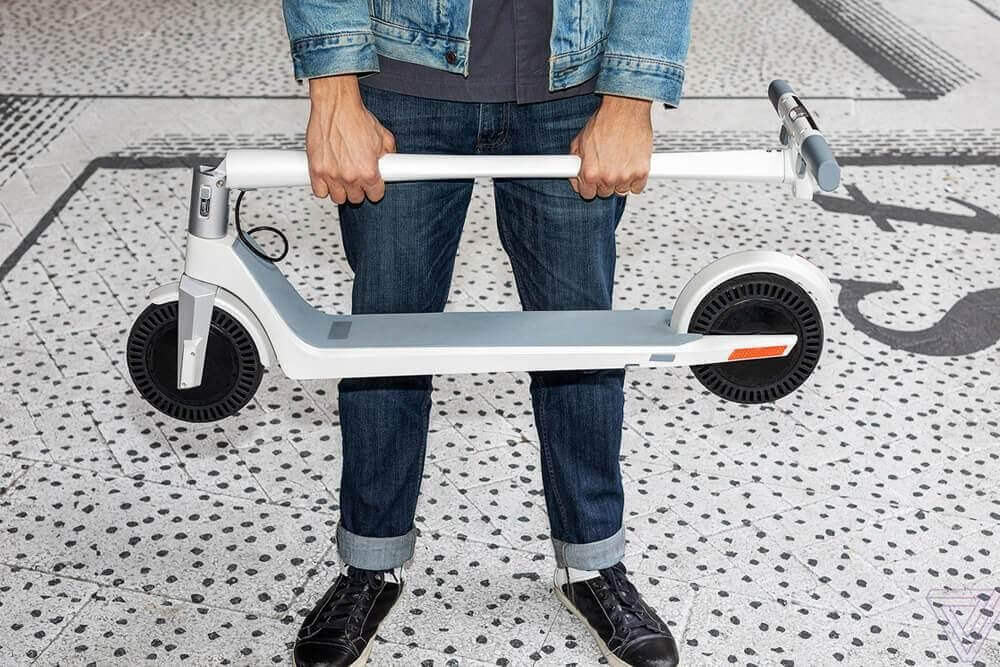
The electric scooters of today
Rather than appearing out of nowhere in droves on our street corners, the modern electric scooter is instead the product of over 100 years of research, development, and real-world testing by inventors, engineers, and commuters.
The Unagi Model One electric scooter is a lightweight aluminum, magnesium, and carbon fiber commuter scooter with a 20 mph max speed and a weight of only 28.5 lbs, a fraction of the first Autoped's weight.
With one-click folding technology, 800 watts of power, and a maximum range of 15.5 miles, it is one of the leading electric scooter options on the market today, popular all over the globe.
Made to be ridden, neatly folded, and carried into your home or place of work, this scooter is the result of all technological and aesthetic progress in the electric scooter world, that has gone before it.
If you think you might be up for trying out an electric scooter but aren't quite sure if it's for you, try the Unagi All-Access pass. Unagi will deliver a top-of-the-range freshly serviced Model One scooter to your door for only $59 a month, with insurance included for peace of mind.

Stay current with the latest U.S. electric scooter laws in our 2025 guide. Updated annually since our first comprehensive guide, ensuring you have the most recent state and city regulations to ride responsibly”
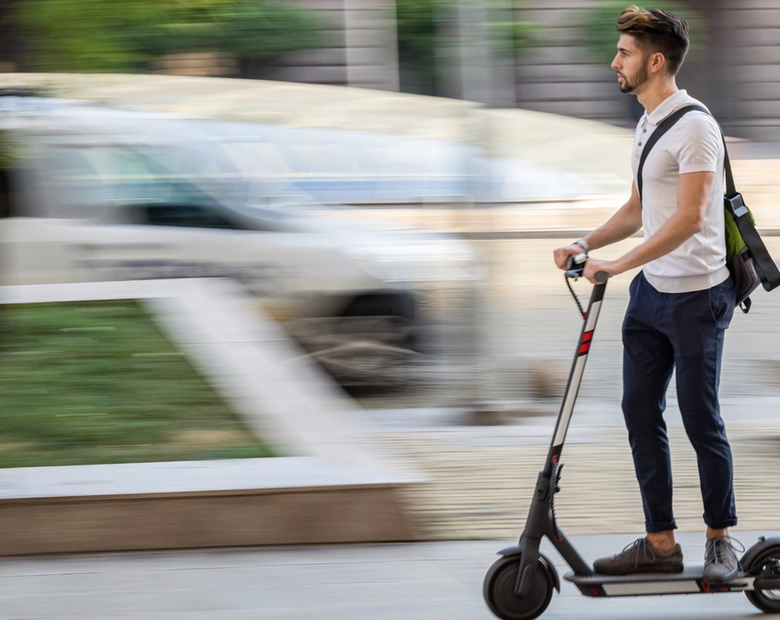
The Slack Core 920R is currently the fastest electric scooter in 2025 that you can purchase without the need for pre-order.
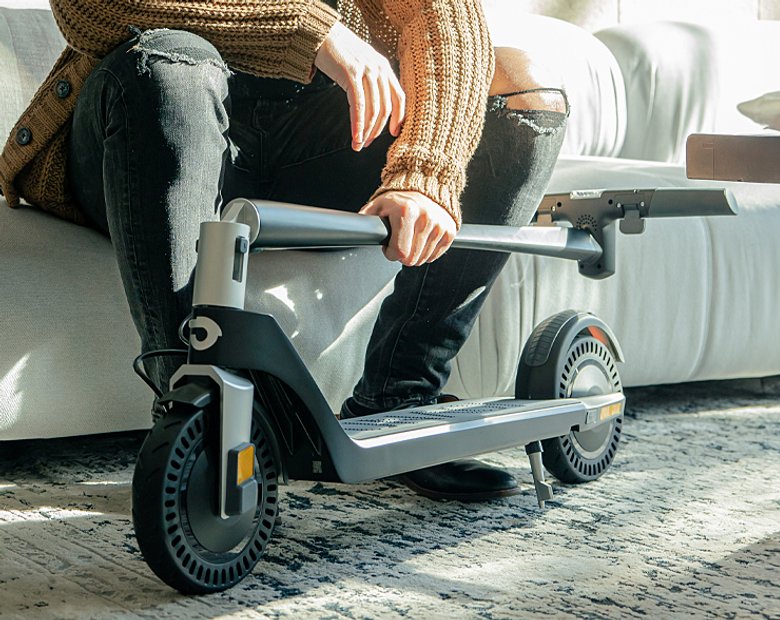
Our selection of the best electric scooters 2025 spans the fastest e-scooters to the most portable ones, the ones designed for city riding and off-road, the best scooters for rain, budget electric scooters for students, and more powerful ones for skilled riders.
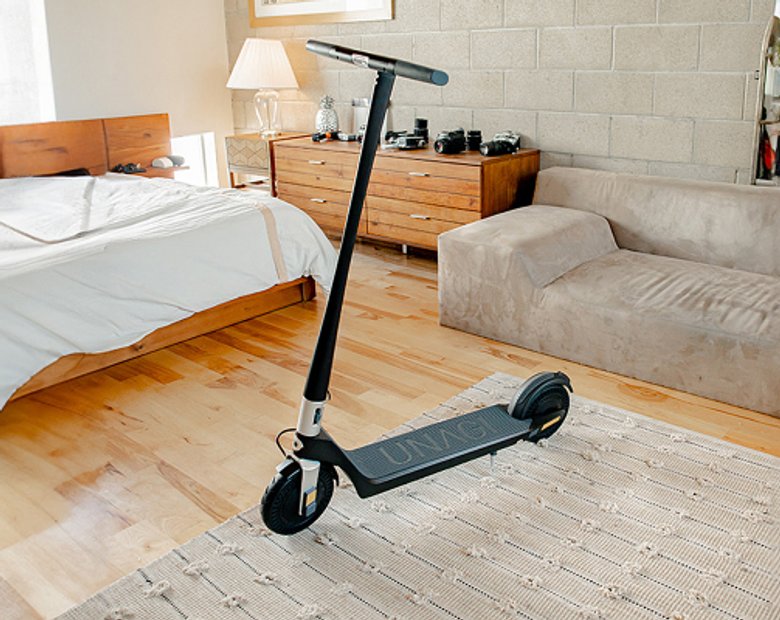
The Unagi Voyager is the best lightweight electric scooter for adults and teenagers. It is the ultraportable sequel to its predecessor, the Unagi Model One Classic.

If you're wondering whether an electric scooter with a seat is right for you, this is a detailed article that would suit your need.

Understand which personal electric vehicle is best, the choice between an electric bike or electric scooter might already be made for you by some critical factors, including portability and storage capacity.
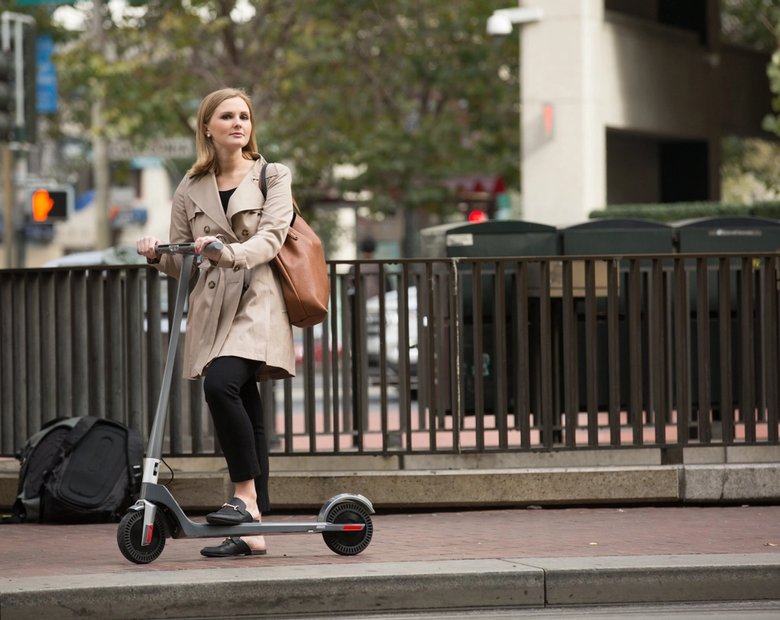
In the U.S., most states don't require a license. For those that do, they usually just ask for a regular driver's license or a learner's permit.
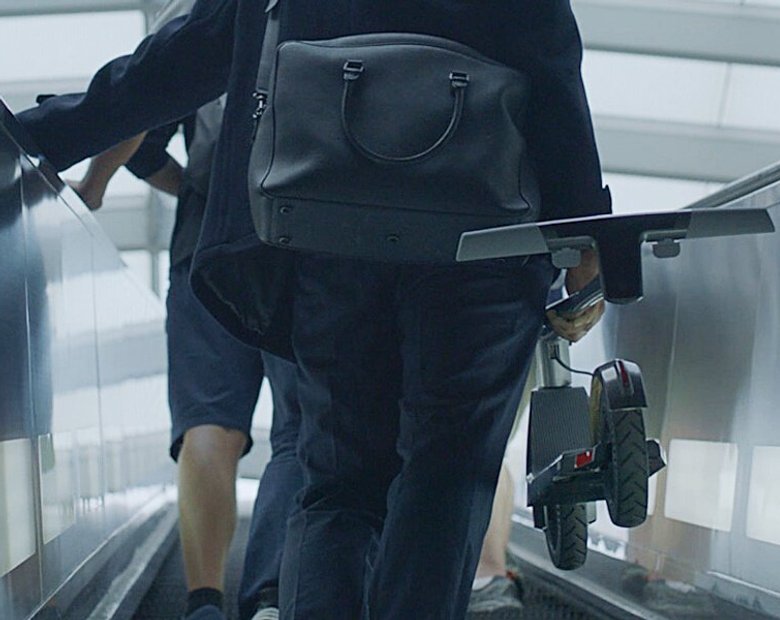
Yes, you can bring an electric scooter on a plane, but it needs to have a lithium battery smaller than 100 watt-hours, which most don't.

Manufacturers advise against riding electric scooters in the rain. The main reasons are: water can fry the electronics, make the ride dangerous, and void your warranty.

The basis and the premise of my work is that we either operate out of love or we operate out of fear...Time is currency. The coolest thing about the scooters is that it's really quick, and it goes uphill. From there, traveling more efficiently and having a good time doing it--I think that's the most important thing.

Cynthia Leu has a full plate. A tech worker by day, Cynthia spends her off time balancing the parallel lives of a powerlifter, entrepreneur, mental health advocate, and more. Riding Unagi helps this USMC veteran cut down on everyday…

https://www.youtube.com/watch?v=7m2hVBE62LY Rasheed Muhammad is sick of Los Angeles traffic. In order to preserve his sanity, Rasheed has traded his everyday driving habit for the portable and beautiful Unagi Model One. It’s an essential accessory for navigating LA streets -- and…

Rich Lee, Co-Founder of San Francisco’s SPRO Coffee Lab, wants to share his love for coffee with the world. He depends on riding Unagi to avoid the hassle of navigating the parking crunch in the booming Mission Bay neighborhood.…


